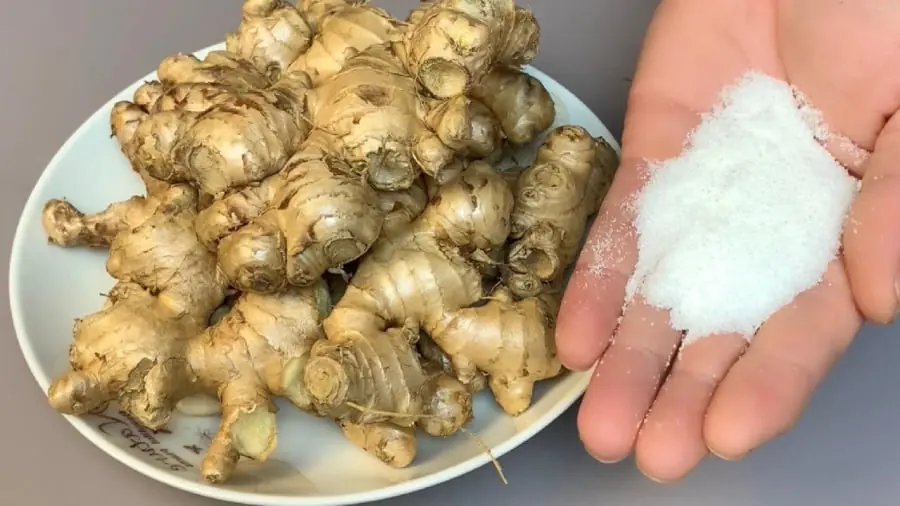
Using an electric kettle to boil water, 9 out of 10 households make this mistake
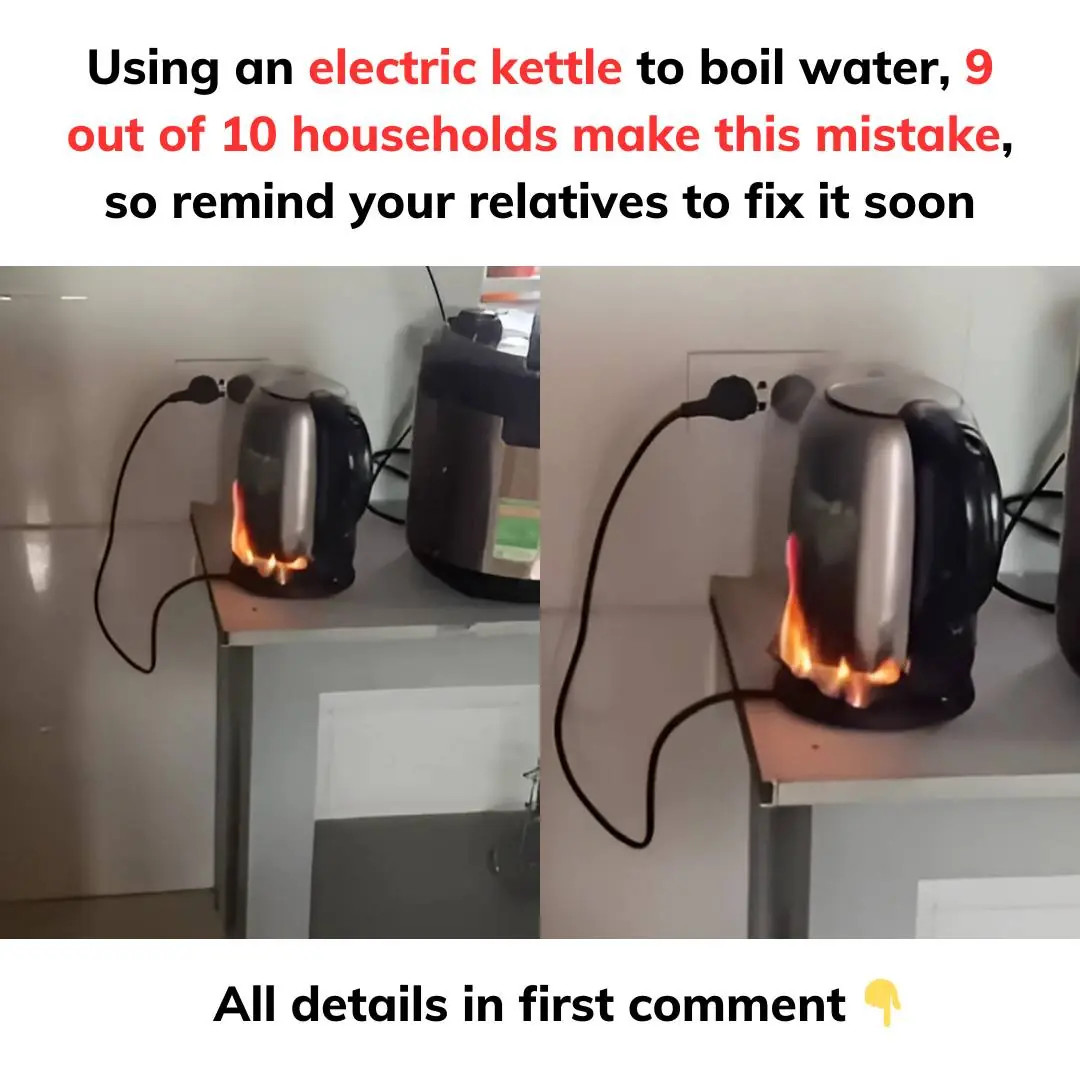
Although using an electric kettle to boil water is very simple, many people still make mistakes that shorten the life of the device as well as harm human health.
Many families use electric kettles to boil water because of its convenience. Just put water in the kettle, turn on the switch and wait a few minutes for the water to boil for immediate use.
Although using an electric kettle to boil water is very simple, many people still make mistakes that shorten the life of the device as well as harm human health. Typically, the following 5 mistakes are made by 9 out of 10 households.
1. Any type of electric kettle is fine
The main function of an electric kettle is to boil water. Many people who buy an electric kettle think that all types of kettles are the same, even cheap ones, as long as they can boil water. But in fact, when buying an electric kettle, you should choose kettles made of stainless steel.
Actually, stainless steel is divided into many types. When buying an electric kettle, it is best to choose a kettle made of 304 stainless steel. This type of steel is resistant to corrosion and can withstand high temperatures. Buying an electric kettle made of this type of steel will ensure safer water after boiling.
2. Pour too much water into the electric kettle
Many people have the habit of filling the electric kettle with water, but this actually poses many risks. The reason is that the water inside will overflow when boiling, and the water can also flow into the kettle base, causing a short circuit and damage.
In fact, the maximum water level is marked on the inside wall of the kettle. When boiling water, do not pour water beyond this level to ensure electrical safety in the family.
3. Turn on the kettle first and then add water
When using an electric kettle, some people have the habit of turning on the kettle first and then using a cup or other container to scoop water into the electric kettle. This will damage the kettle, because if there is no water in the electric kettle, the kettle will be in a dry boiling state.
Although the time for the kettle to boil dry each time is not too long, if this situation lasts for a long time, it is easy to burn the kettle, and can even cause a short circuit or electrical short circuit. Therefore, when using an electric kettle to boil water, we should first pour water into the kettle, then place the kettle on the kettle base, plug it in, and turn on the switch.
When placing the electric kettle on the base, you must also observe whether there are any water stains on the base. If there is water on it, wipe it dry before placing the kettle on, otherwise a short circuit may occur. After each use, the kettle should be unplugged.
4. Pour out all the water after boiling water
After boiling water, we need to pour it into a water bottle or thermos to use for making tea or something later. But when pouring water, we should not pour out all the water in the kettle. It is better to leave some water inside.
The reason is that when the electric kettle has just turned off and the kettle base is still hot, if all the water in the kettle is poured out, it can dry out the thermal relay, affecting the life of the kettle. Therefore, every time we pour water, it is best to leave some water in it, the next time we boil water, pour out the water and clean it before using, this can ensure the life of the kettle, causing the kettle to break down quickly.
5. Rarely clean the electric kettle
We must regularly clean the residue inside the kettle, if not cleaned for a long time, a layer of yellow scales will gradually form inside. When using such a kettle to boil water, it not only affects the quality of the water but can also be harmful to our health. Therefore, cleaning the electric kettle is very necessary.
To remove this residue, pour white vinegar into the kettle and add half a bowl of water. Then turn on the electric kettle to boil the water.
After the water inside has boiled, let it sit for about 10 minutes and then pour out the water inside. At this point, you will see that the layer of residue at the bottom of the kettle has faded a lot. Next, use a clean cloth to wipe it clean and the dirt inside the kettle will be completely removed.
The reason vinegar can remove the dirt inside the electric kettle is because the residue is alkaline, white vinegar contains acid. Neutralizing acid and alkali can remove the residue inside.
News in the same category


Add One Small Step to Keep It Fresh and Sweet for a Whole Year
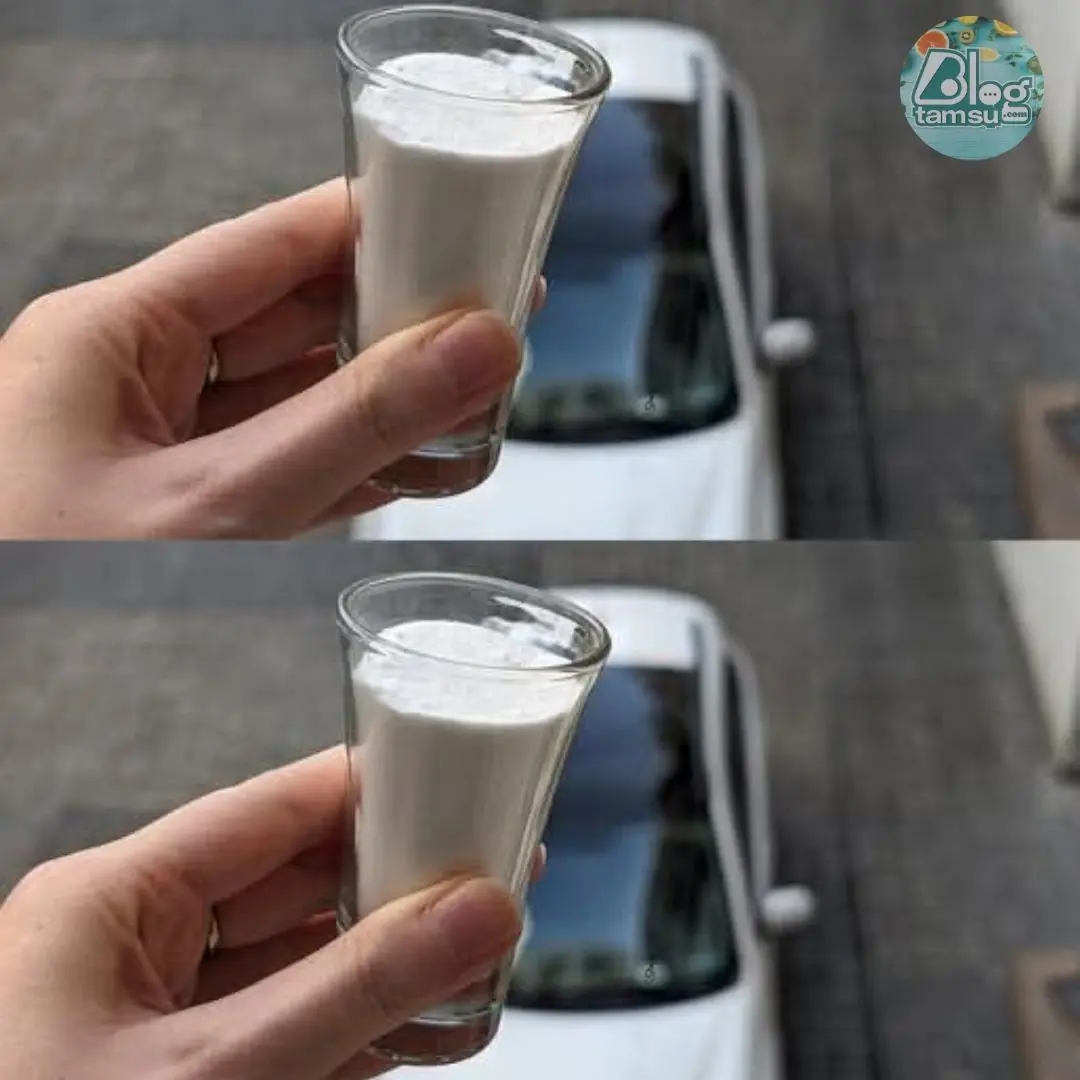
Put 1 Glass of Salt in a Car: Surprising Hack Every Driver Needs to Know

6 Indoor Spots Where You Should Never Install Security Cameras
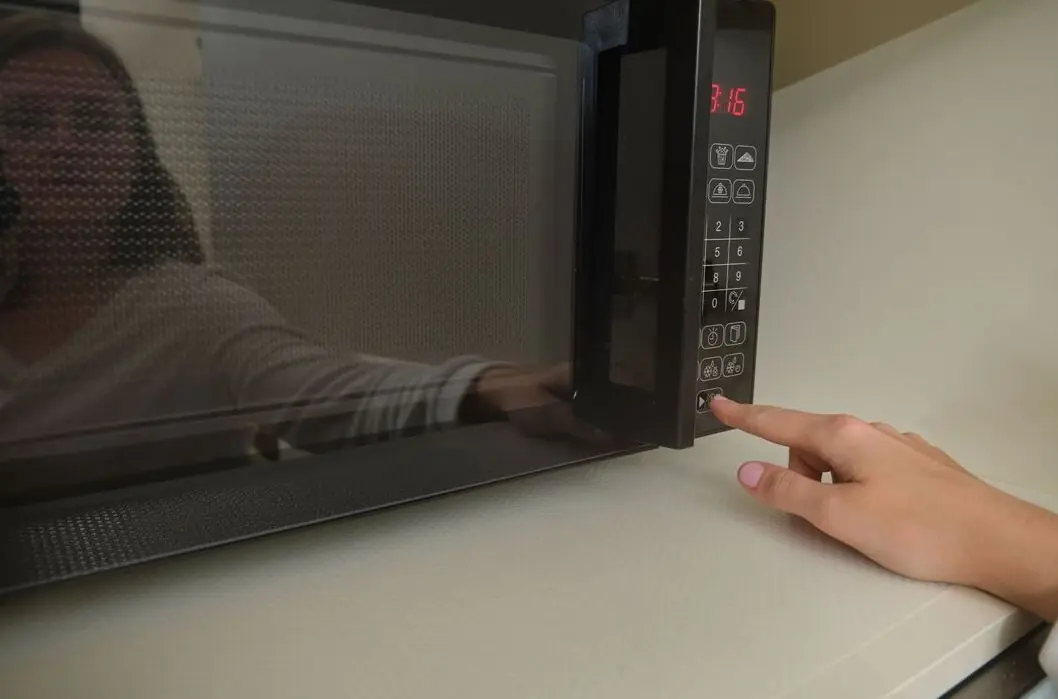
After 30 years of using a microwave, I finally discovered this “magic button”

Waking Up Between 3 And 5 AM Could Indicate a Spiritual Awakening
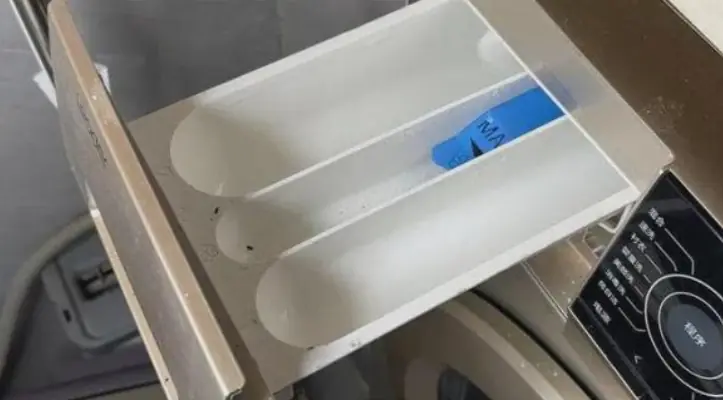
Today I Learned How to Properly Use the Detergent Drawer in a Washing Machine – No Wonder My Clothes Weren’t Getting Clean
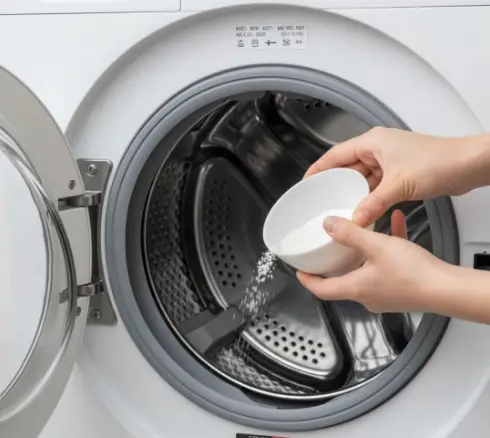
The washing machine accumulates a lot of dirt and bacteria
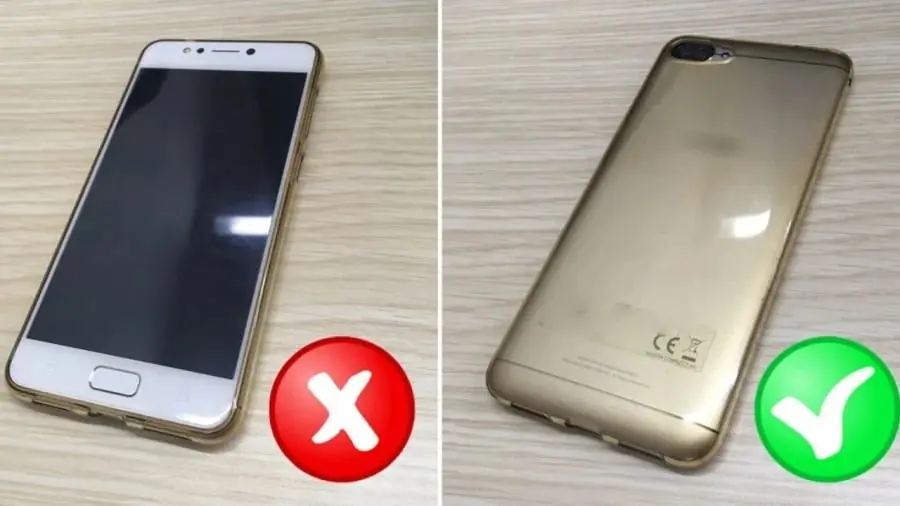
Put the phone down on the table, why you should put the screen face down: Know the reason no one wants to do the opposite
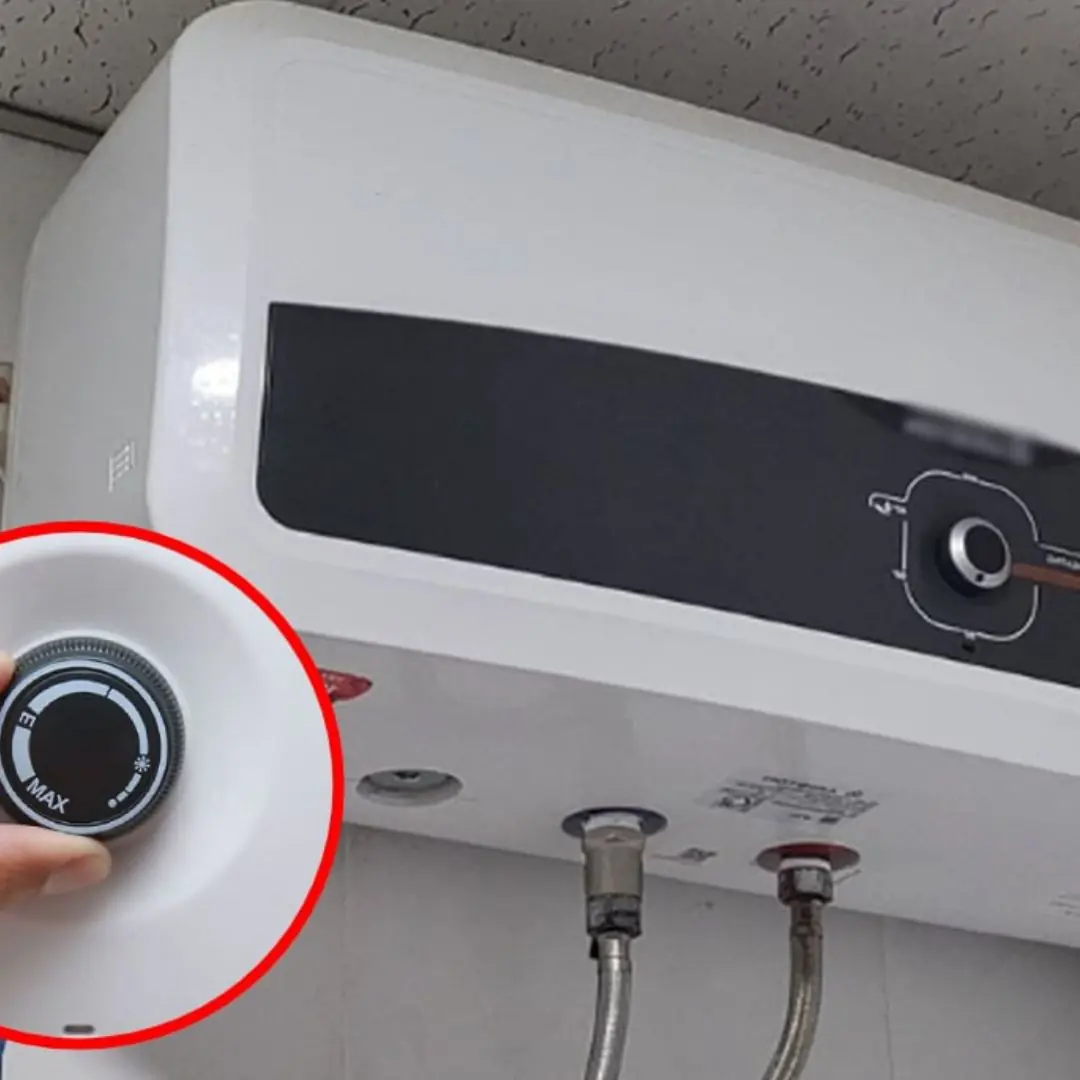
The water heater has a "hidden switch". If you open it, it can last for 10 years and is durable without worrying about wasting electricity

Grandparents’ Advice: Keep These 5 Things Out of Your Home or Misfortune Will Follow
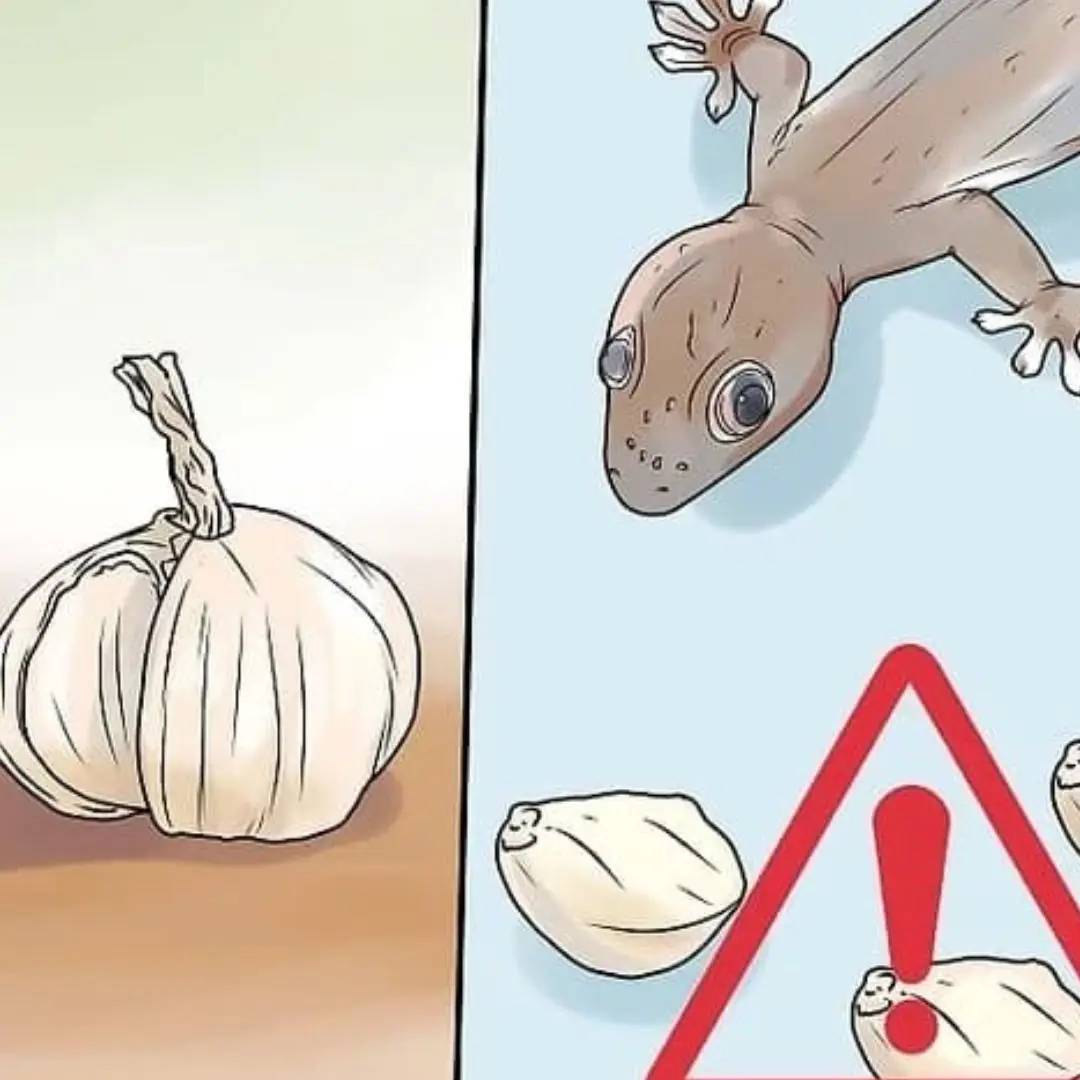
Too many geckos in the house, here's a little trick to make them 'go away and never come back
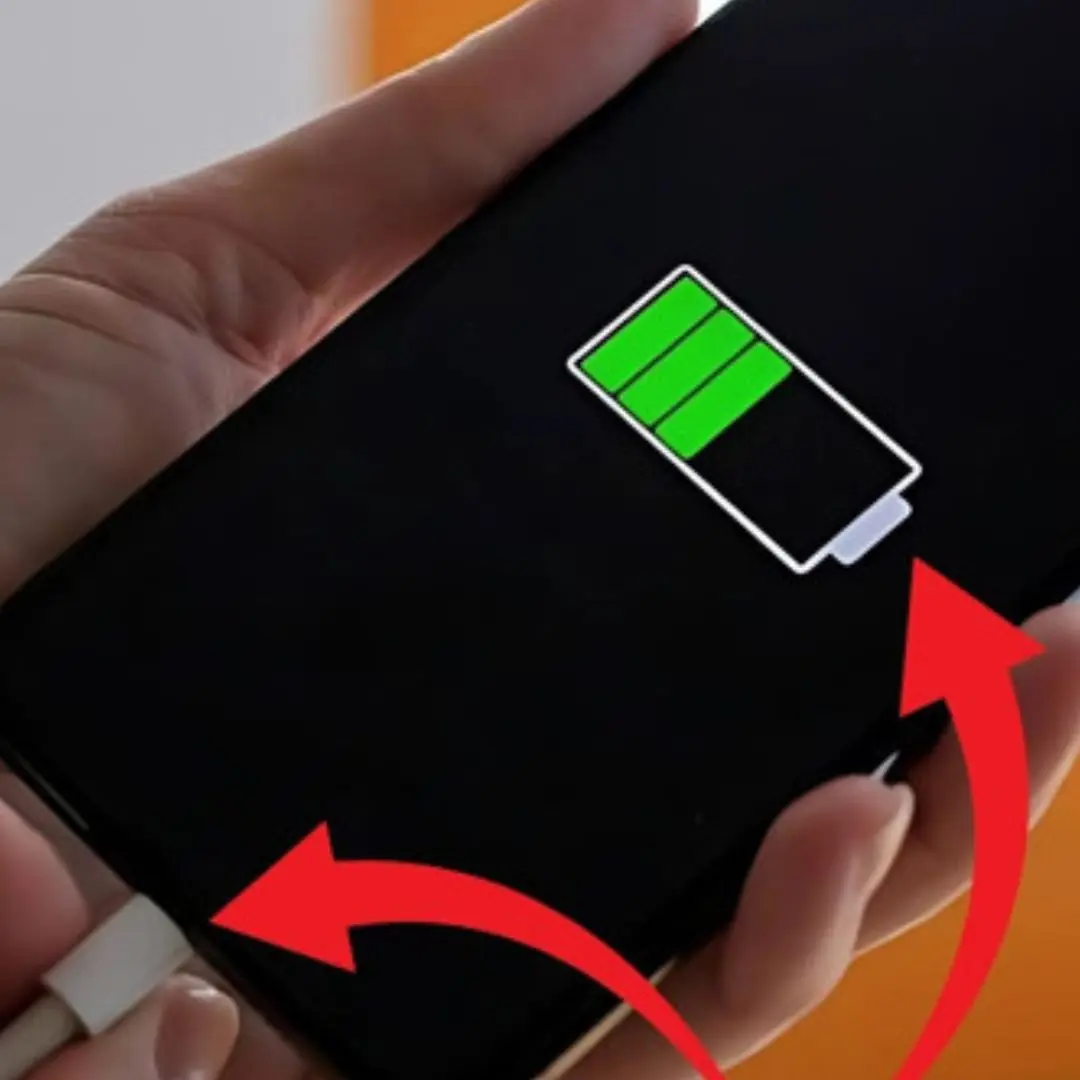
When should you charge your phone: this is the number that helps the battery last longer and not wear out
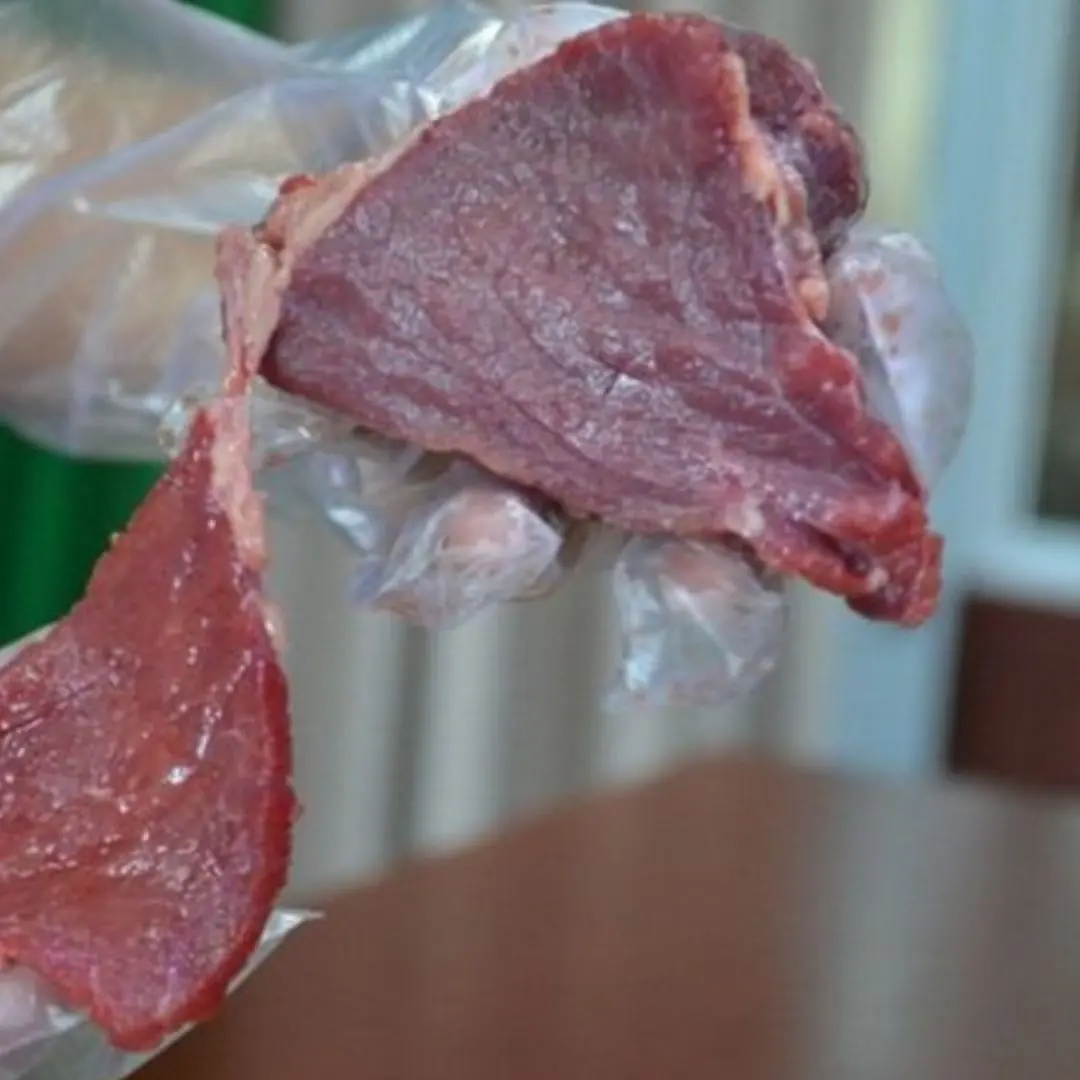
If you see a piece of beef with these 3 characteristics, absolutely do not buy it
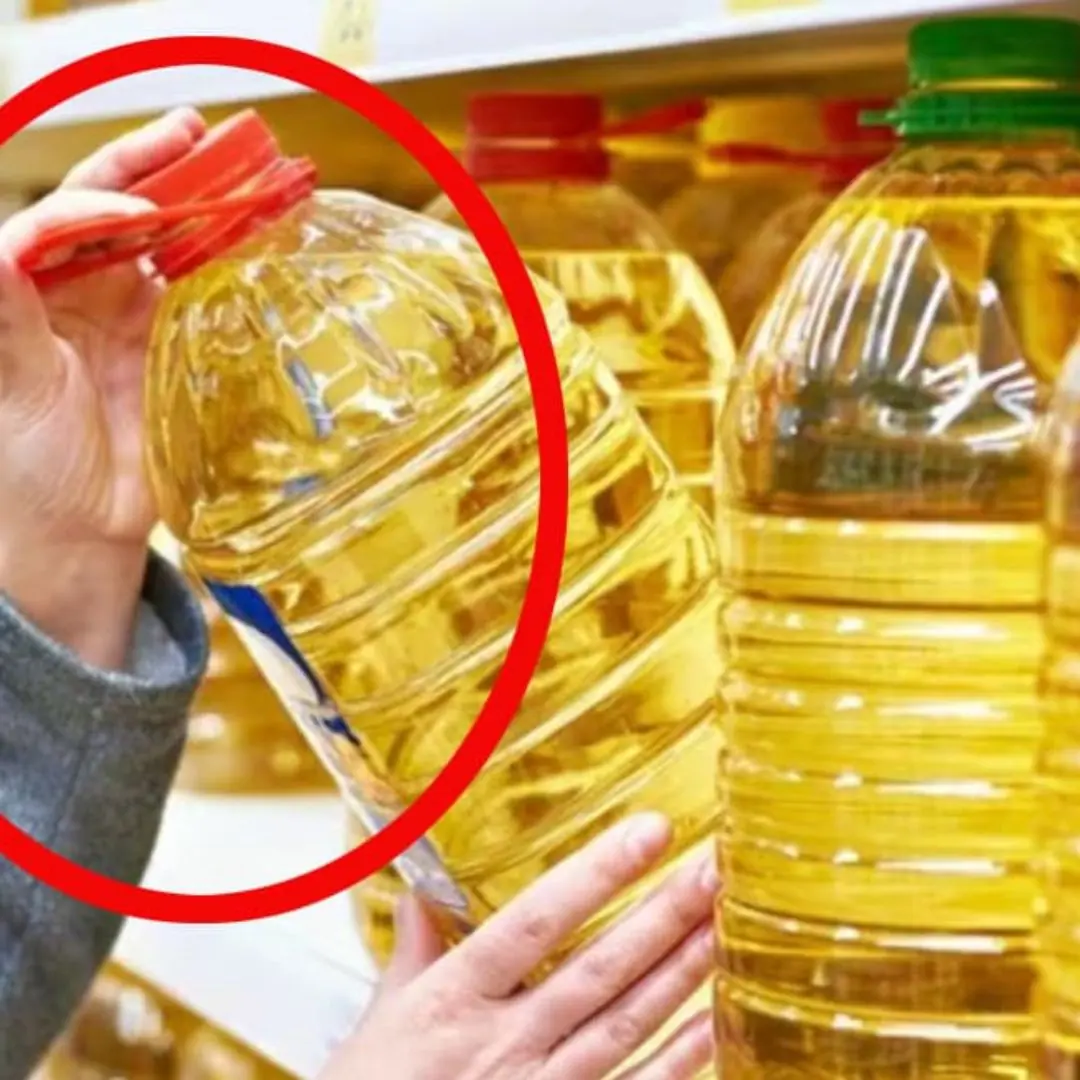
Be careful when buying cooking oil: If it has these 3 words, no matter what brand it is, it is "mixed oil"
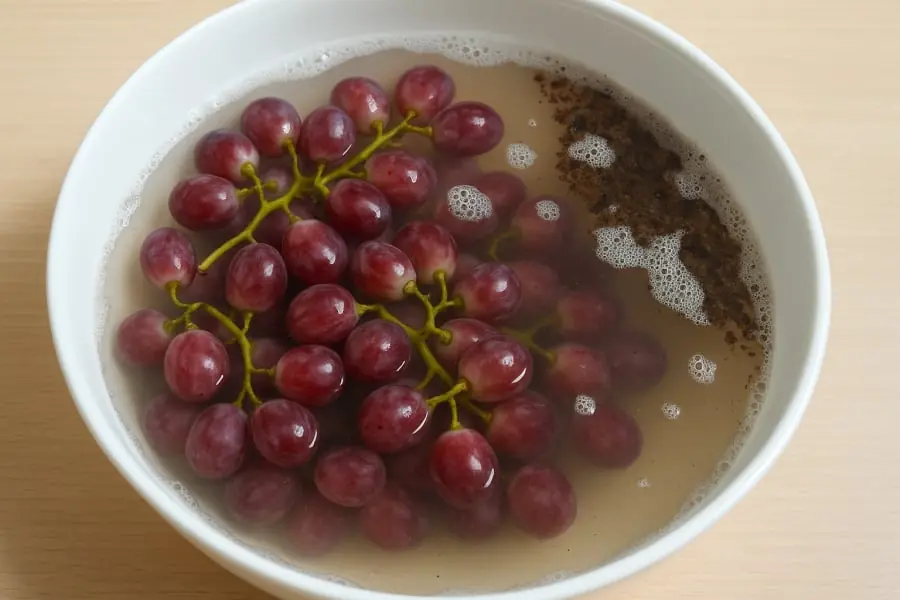
The Mistake of Washing Grapes with Salt or Baking Soda=
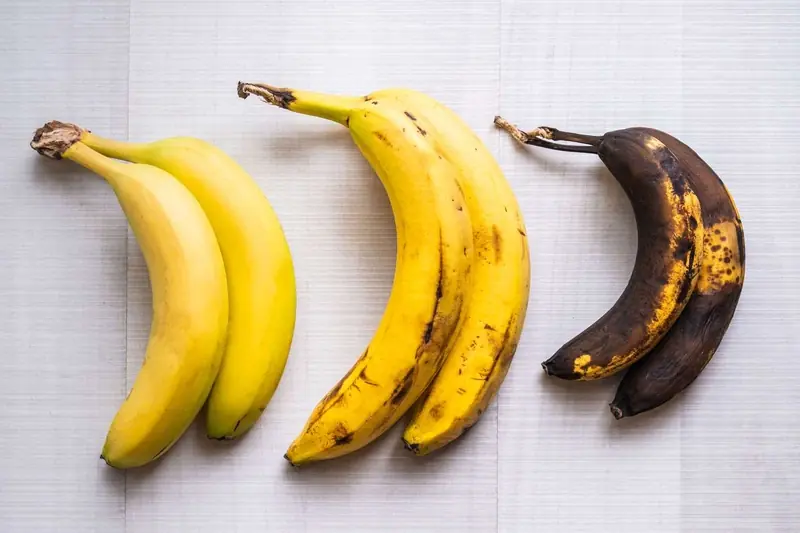
Keep Bananas Fresh for 2 Weeks by Storing Them Here — Not in the Fruit Bowl

12 vegetables that grow well in containers
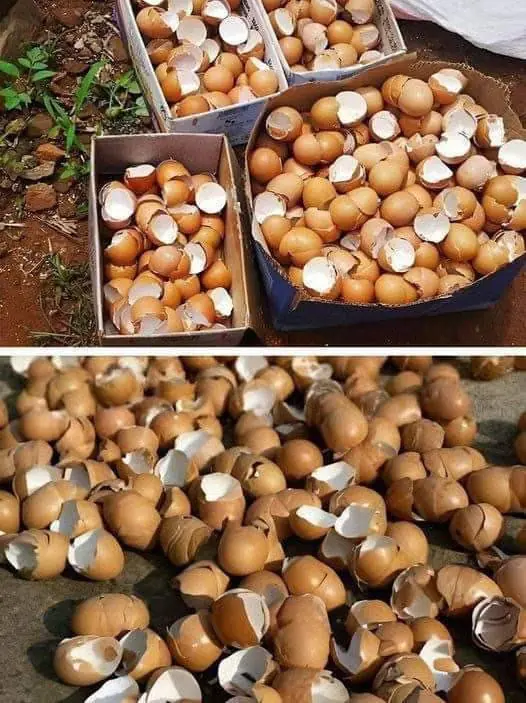
Don’t toss those eggshells! Here’s why you should keep them
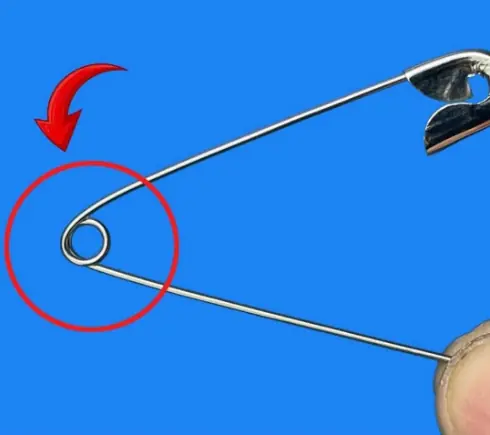
What’s the Purpose of That Tiny Hole in a Safety Pin?
News Post
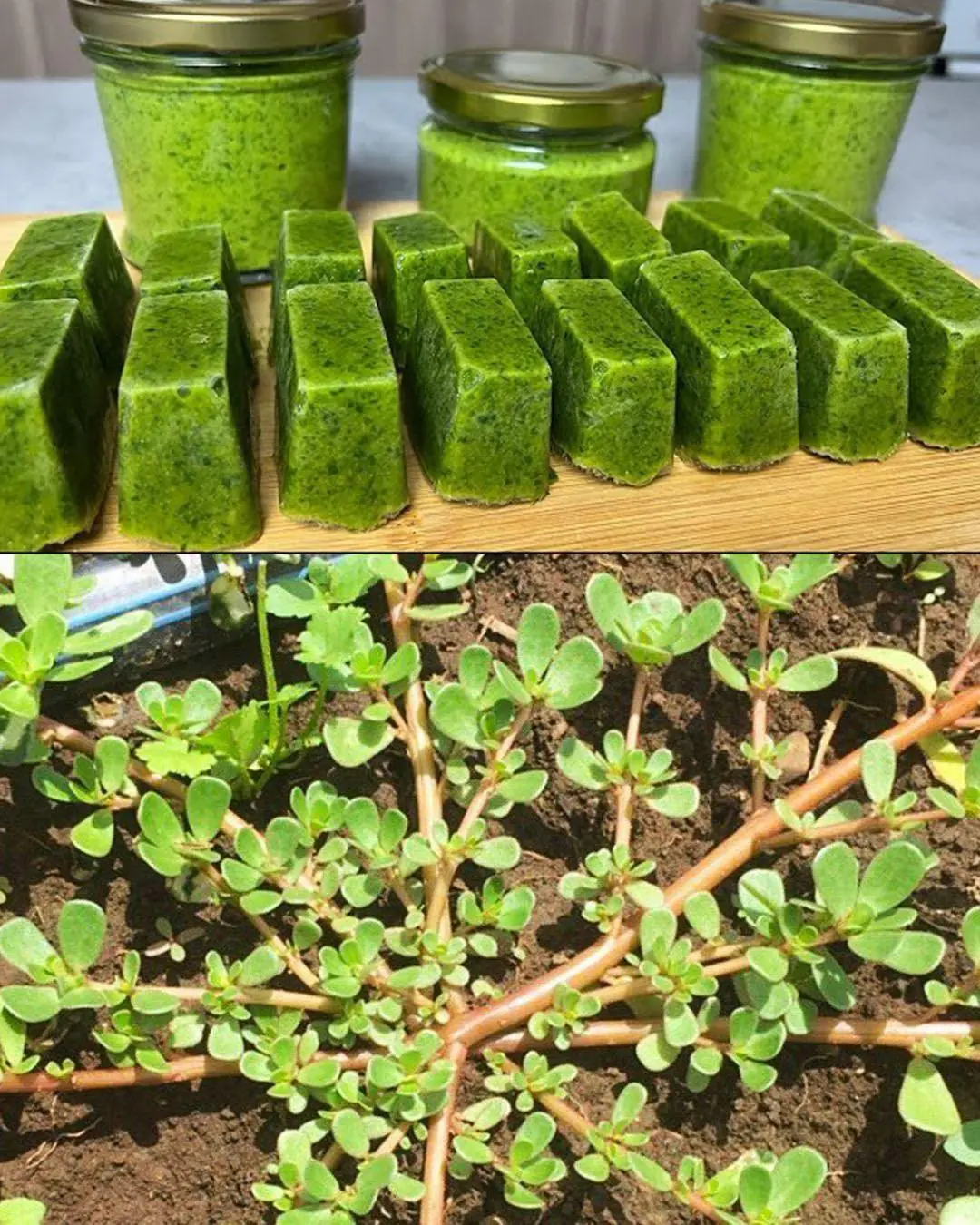
11 Little-Known Secrets of Purslane: A Wonder Plant in Disguise

If you see this phenomenon in your feet, go see a doctor for diabetes.

Why You Might Feel a Light Electric Sho.ck When You Touch Someone

'You're Nothing but a Parasite': My Husband Demanded I Get a Job & Care for 3 Kids – Until I Turned the Tables on Him

I Paid for a Homeless Man's Groceries – The Next Day, He Greeted Me as a CEO at My Job Interview

My Birth Family Contacted Me After 31 Years with an Outrageous Request — Am I Wrong for How I Reacted?

Doctor’s Warning: 3 Foods You Should Never Eat Within 3 Hours Before Bed

She Kept Crying About Pain in Her Bottom — What the Doctor Said Left Her Parents in Shock
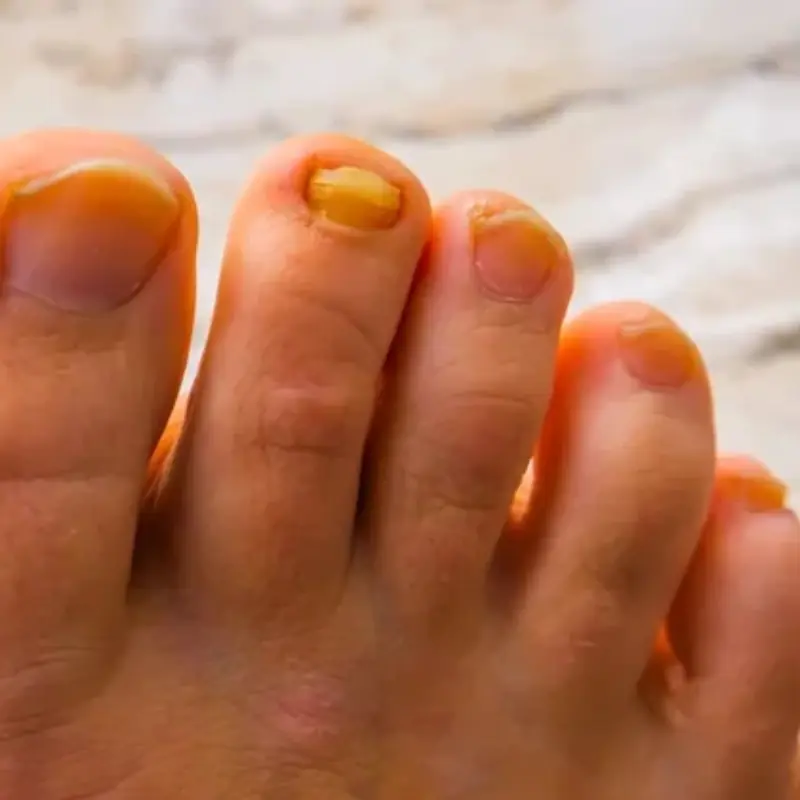
5 Changes in Your Feet That Signal Your Li.ver Is “Exhausted” It Might Have Been Can.cer for a Long Time
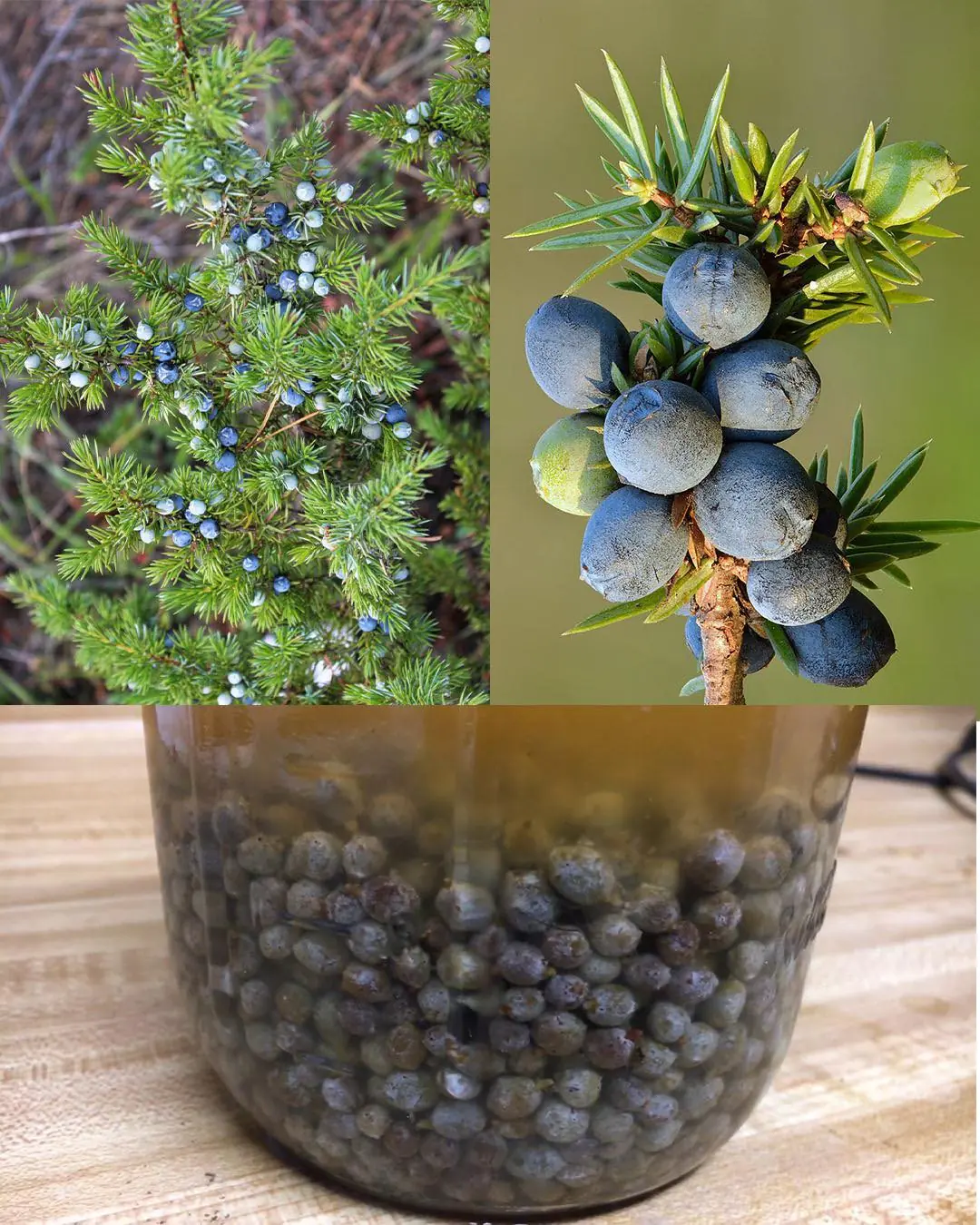
Juniper: 20 remarkable benefits and how to use it

My Sister Wore a Wedding Dress to My Wedding Because She Thought I'd Upstage Her – So I Taught Her a Lesson She'll Never Forget
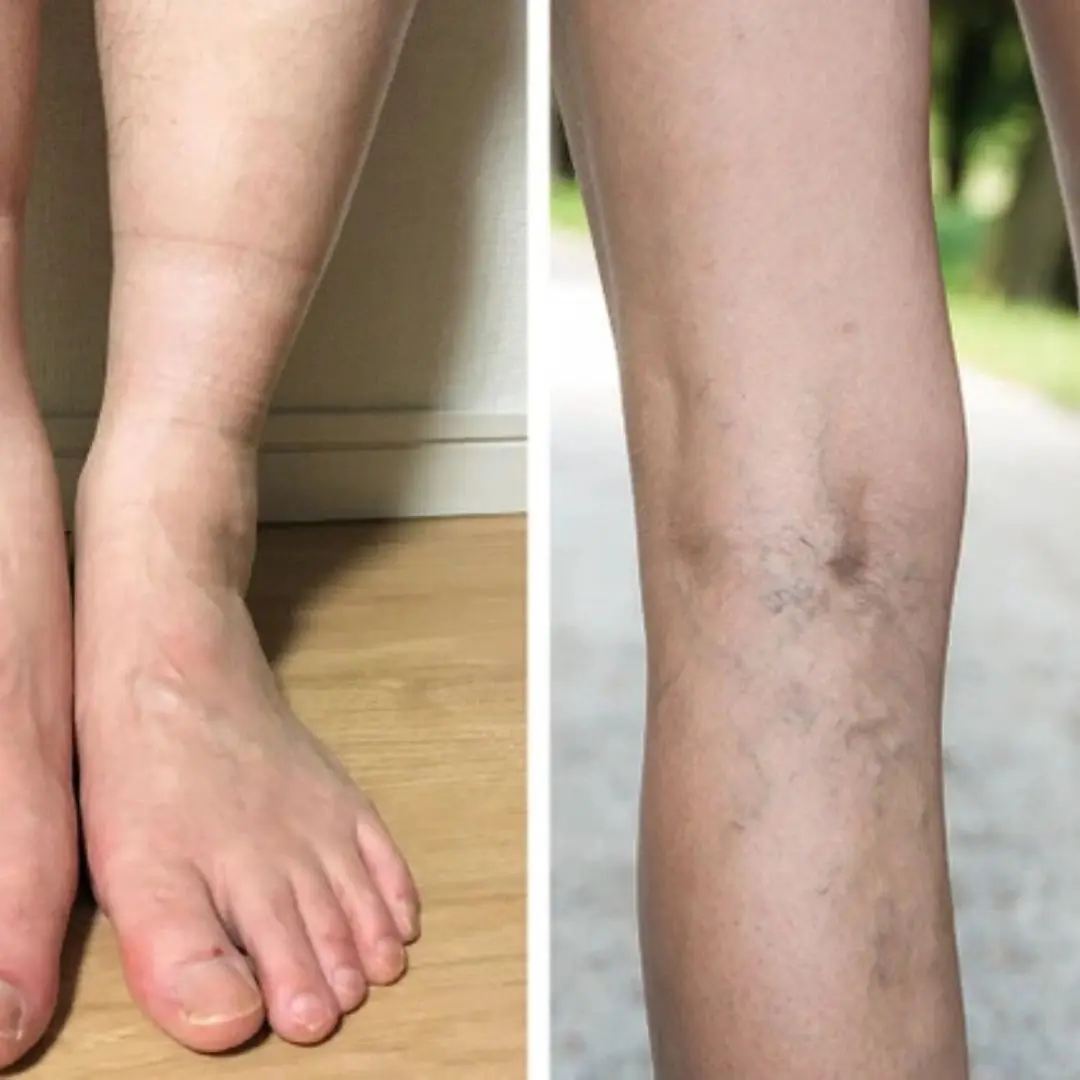
4 Health Problems Your Feet Could Be Telling You Through Sock Marks

My Father Burst Into the Church and Shouted, 'The Wedding Is Canceled!' – I Went Pale When I Learned Why

Father of My Baby Mocked Me for Picking $3 Buns for Dinner at the Grocery Store — Next Moment, My Future Was Rewritten

A 52-Year-Old Woman Di.ed from a Stro.ke: Middle-Aged People, Stop Doing These 7 Things

If Your Parent Shows These 4 Signs, They May Be Nearing the End of Life. Prepare Yourself for What’s to Come

When the Toughest Table Listened: The Boy Who Needed Heroes

My Stepmom Destroyed My Late Mom’s Prom Dress – But She Never Expected My Father Would Teach Her a Lesson

The Silent Party: When My Twin Grandmas Turned 100 And Locked Us Out Of Their World
